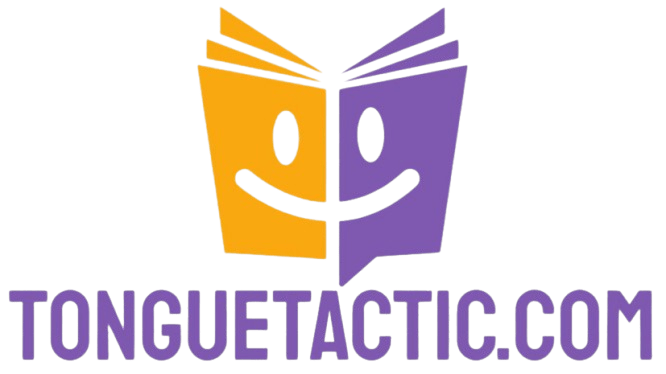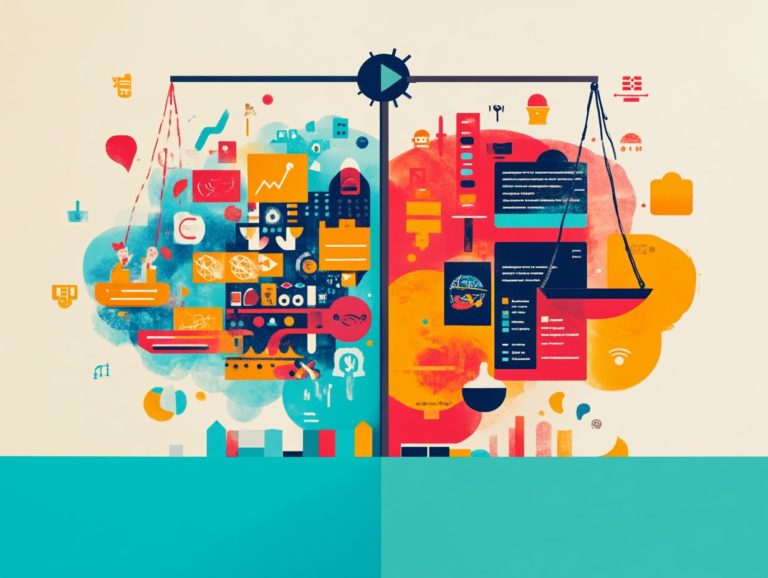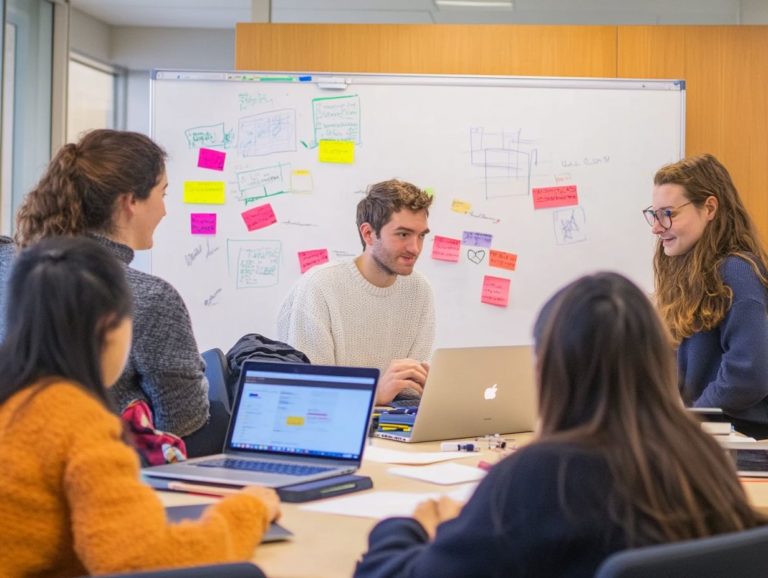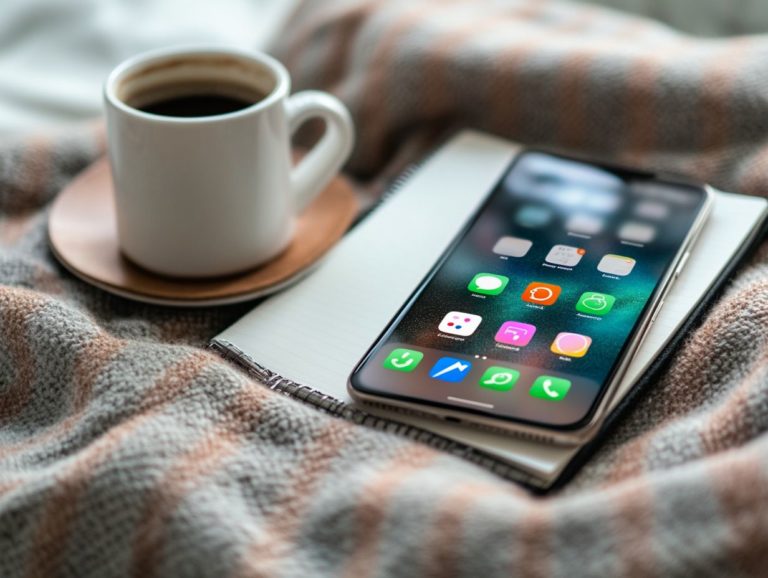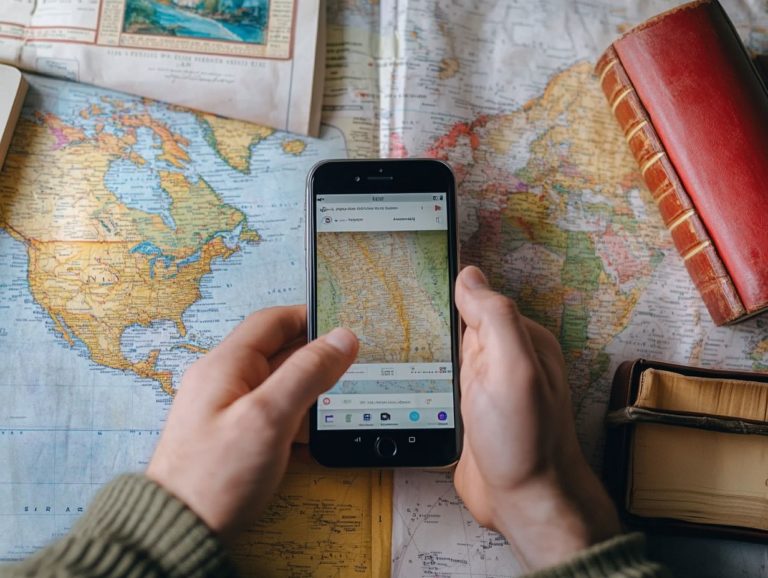how to use language learning tools for travel
Traveling to new destinations can truly be one of life s most enriching experiences. However, navigating foreign languages often presents a significant barrier.
This article explores why language learning can elevate your travel adventures. You ll discover popular language learning tools, insightful tips for incorporating them into your trip planning, and effective strategies for communicating while abroad.
You ll also find many resources designed to help you master a new language, ensuring your travels are enjoyable and seamless. Get ready to see how language can transform your journey!
Contents
- Key Takeaways:
- Popular Language Learning Tools
- Using Language Learning Tools for Travel Planning
- Maximizing Language Learning During Travel
- Overcoming Language Barriers
- Additional Resources for Language Learning
- Frequently Asked Questions
- What are some useful language learning tools for travel?
- How do I choose the right language learning tool for my trip?
- Can I use language learning tools for multiple languages?
- Are these language learning tools effective for travel?
- How much time should I devote to using language learning tools for travel?
- Can I continue using these language learning tools while on my trip?
Key Takeaways:
- Use language learning tools when planning your trip to enhance communication and cultural understanding.
- Maximize the effectiveness of these tools by practicing regularly and immersing yourself in the language while traveling.
- Overcome language barriers by using translation apps and practicing key phrases beforehand.
The Importance of Language Learning for Travel
Learning a new language can truly elevate your travel experience. It enables you to connect with local cultures, navigate unfamiliar surroundings, and engage more profoundly with the destinations you explore.
When you immerse yourself in a new language, you foster respectful interactions with native speakers and gain a richer understanding of diverse cultural contexts. This skill gives you the vocabulary needed for authentic conversations, helping you appreciate the intricacies of various cultures around the globe.
By picking up basic language skills through platforms like Duolingo, an app that makes language learning fun through games, or Babbel, you ll find that even a handful of phrases can dramatically enhance your interactions. This newfound ability opens the door to spontaneous conversations, leading to unique insights and experiences, often away from typical tourist trails.
Instead of relying solely on guidebooks or translations, engaging with locals in their language reveals hidden gems and personal stories, immersing you in the true essence of the local atmosphere.
Understanding vocabulary nuances allows you to genuinely appreciate regional customs and traditions, enriching your journey in ways you never thought possible.
Popular Language Learning Tools
In today’s digital landscape, many exceptional language learning tools are ready to assist both beginners and intermediate learners in mastering new languages effectively. These tools transform the learning process into an engaging and interactive experience.
Platforms such as Duolingo, Pimsleur, and Babbel provide immersive lessons that captivate your interest. Meanwhile, Memrise and Rosetta Stone focus on vocabulary building through dynamic flashcards and videos.
These innovative technologies leverage community practice and user progress tracking, creating a supportive environment where you can refine your skills and thrive in your language journey.
Overview of Top Tools
Among the multitude of language learning tools available, Duolingo, Babbel, Rosetta Stone, Memrise, and Pimsleur stand out as some of the most effective and user-friendly platforms. Each offers a unique approach to language acquisition that suits different preferences.
- Duolingo brings gamified lessons that make vocabulary and grammar feel like a fun challenge.
- Babbel hones in on conversational skills through interactive dialogues that mirror real-life conversations.
- Rosetta Stone immerses you in the language contextually, mimicking natural learning.
- If you prefer visual aids, Memrise uses mnemonic techniques to make retention easier.
- Pimsleur emphasizes audio comprehension, perfect for practical communication skills.
These platforms cater to various learning styles, making it easy to find one that resonates with you.
Duolingo’s intuitive design and bite-sized exercises keep you engaged and motivated for daily practice. On the other hand, Babbel s structured courses lead users to appreciate their clarity and relevance to real-world situations.
Rosetta Stone s immersive approach replicates natural language exposure, providing a thorough exploration of pronunciation and context. Memrise taps into visualization and memory aids, which is appealing if you thrive on interactive learning.
Meanwhile, Pimsleur s focus on auditory skills is invaluable for anyone looking to enhance their listening and speaking abilities, making it an excellent choice for everyday conversations.
Don t miss out on the chance to connect with locals and discover hidden gems! Start your language learning journey now and transform your next travel adventure!
Using Language Learning Tools for Travel Planning
Using must-have language learning tools for beginners in your travel planning is a smart move. It can improve your experiences and make interactions smoother during your journeys.
Apps like Duolingo or Babbel help you build essential vocabulary and grammar. This knowledge will serve you well in unfamiliar places.
Immersive resources provide native audio and cultural insights. These elements help you communicate effectively and respect local customs.
How to Incorporate Language Learning into Trip Preparation
To prepare for your trip, incorporate language learning strategically. This ensures you gain the vocabulary and conversation skills necessary to engage meaningfully with locals.
Use tools like Memrise or Duolingo to practice flashcards and complete interactive lessons specific to your destination’s language. Listening to native audio or watching videos will strengthen your skills and enhance your travel experience.
Set daily goals to stay consistent in your learning. Consider language exchange apps like Tandem or HelloTalk to connect with native speakers for real-time feedback.
Create a vocabulary list with key phrases for ordering food, asking for directions, and making small talk. Joining local cultural groups or workshops before departure can further enrich your language skills and cultural understanding.
This preparation leads to more meaningful interactions when you arrive at your destination.
Maximizing Language Learning During Travel
To maximize language learning while traveling, engage actively with the local language. Immerse yourself in experiences that allow you to apply your skills practically.
Use mobile apps and desktop resources during your journey to maintain consistent practice. This will reinforce your vocabulary and grammar knowledge.
Immerse yourself in local communities and engage in conversations. This experience will enhance your fluency and comprehension, making your travel rewarding and enriching.
Tips for Using Tools Effectively While Traveling
Using language learning tools effectively will elevate your ability to connect with locals. This makes your trip more rewarding.
Dedicate time daily to practice vocabulary and engage in interactive lessons on apps like Duolingo or Memrise. Flashcards and quizzes are excellent reinforcement tools.
Engage with the local culture by visiting markets, cafes, or community events. These environments allow you to hear and practice the language in real-time.
Keep a phrasebook handy for quick references during conversations. Embrace mistakes as they are great learning opportunities that build confidence and foster meaningful relationships.
Overcoming Language Barriers
Overcoming language barriers is vital for travelers who seek meaningful interactions abroad. Effective communication strategies are key to bridging language gaps.
Use translation apps like Google Translate to enhance your ability to connect with locals. Employ immersive learning techniques like audio resources and conversation practice to build confidence and fluency.
Strategies for Communicating in a Foreign Language
Effective communication in a foreign language demands strategic approaches that enhance clarity and understanding during your interactions.
Consider utilizing tools like Pimsleur for audio practice. They can help you get comfortable with pronunciation and conversational phrases.
Visual aids think translated menus or cultural guides can also facilitate smoother exchanges and showcase your respect for local customs.
Adopting language-learning apps such as Duolingo or Babbel allows you to enjoy tailored lessons on the go. This keeps your skills sharp and expands your vocabulary.
It s wise to learn a few key phrases and greetings in the local language. This small effort can significantly reduce barriers and foster goodwill among the locals.
Engaging in language exchange meetups or tapping into social media platforms can connect you with native speakers. This offers real-time practice and insights into cultural nuances.
Plus, carrying a portable translation device can bridge gaps during essential conversations, ensuring your interactions remain fluid and meaningful.
Additional Resources for Language Learning
Beyond conventional language learning apps, many resources are available to elevate your language acquisition as a traveler.
Engaging with community-based platforms like Tandem or HelloTalk allows you to practice in real-world contexts while immersing yourself in cultural exchanges.
Language reactors and YouTube channels provide tailored, immersive content for specific languages, such as Learn French TV5MONDE.
These diverse resources help you gain various skills and insights that can significantly enrich your travel experiences.
Other Tools and Methods for Language Acquisition
Many tools and methods await you for effective language acquisition, each offering distinctive approaches to mastering new languages.
Interactive apps like Lingvist and immersive video content on platforms such as Lirica can transform your learning experience. They help you retain vocabulary, understand grammar, and achieve conversational fluency.
By employing a variety of methods, you can ensure a well-rounded experience tailored to your unique learning style.
Online platforms like Duolingo and Babbel provide structured lessons that promote consistency. They also allow you to track your progress, making them ideal choices for learners at any level.
Meanwhile, language exchange websites such as Tandem encourage you to engage in real conversations with native speakers. This enhances not only your vocabulary but also your confidence in speaking.
Flashcard apps like Anki can further elevate your memory retention through spaced repetition techniques, which help you remember information more effectively. This ensures you achieve long-term mastery.
By exploring these diverse resources, you can craft a personalized and effective language journey that aligns perfectly with your goals and preferences.
Frequently Asked Questions
What are some useful language learning tools for travel?
Many language learning tools can be useful for travel, such as Duolingo, Rosetta Stone, and Babbel. To enhance your experience, consider exploring how to use technology for language learning. These tools offer a variety of lessons and activities to help you learn a new language.
How do I choose the right language learning tool for my trip?
The right language learning tool for you depends on your learning style and the specific language you want to learn. Try different tools to see which one you feel most comfortable with.
Can I use language learning tools for multiple languages?
Yes, many language learning tools offer a variety of languages to choose from, allowing you to use them for multiple languages. Some tools even let you switch between languages within the same app or program.
Are these language learning tools effective for travel?
Absolutely! These tools are game-changers for your travels as they provide a structured way to learn a new language and help you quickly pick up essential phrases and vocabulary for your trip.
How much time should I devote to using language learning tools for travel?
This will depend on your schedule and how quickly you want to learn the language. It’s recommended to use language learning tools for at least 15-30 minutes a day to see progress.
Can I continue using these language learning tools while on my trip?
Yes, many language learning tools offer mobile apps or offline modes. This allows you to continue practicing and learning while on your trip, helping you stay immersed in the language and improve your skills even while traveling.
